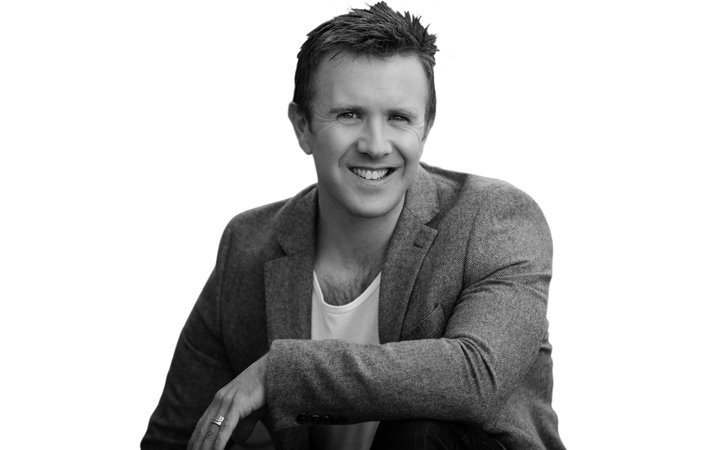The culture of wellbeing

Dr Adam Fraser on how to maximise our potential
Dr Adam Fraser is a peak performance researcher, public speaker, author an performance consultant. He has worked with elite athletes and sporting teams, Special Forces soldiers and business leaders to achieve better performance and exceed potential, improve wellbeing and avoid burnout. Here, Adam argues the case that progress is inseparably connected to wellbeing.
When it comes to strategic priorities for enterprise, employee wellbeing rarely gets on the list. It’s okay to entertain the idea of focusing on wellbeing when things are going well but when push comes to shove, business often casts wellbeing goals aside faster than a left swipe on Tinder. Research shows that the wellbeing of your people is critical to your commercial success.
Let me share three examples of how wellbeing and high-performance are intrinsically linked:
1. How we view struggle.
We recently studied 821 leaders who were leading in complex environments with large amounts of external change. We then determined out of that group who was innovating and evolving to suit changes in the market and who was stuck in the mud clinging onto the old ways of doing things. We examined the difference between those two groups, and it came down to one thing: their relationship with struggle. As a group, they were all struggling as they were being asked to evolve and change. While the people who are evolving did not like the struggle or want more of it, they accepted that this was their new reality and then very quickly focused on the growth that will come out of that struggle. In contrast the leaders who were not evolving saw that struggle as a threat. The mindset was “what if I can’t evolve, what if I can’t change?” and then their whole world became “how do I avoid this, or blame someone else for this?” Any change results in discomfort and struggle. The competitive advantage today is the ability to sit with discomfort long enough to find the growth that sits on the other side.
2. Make them feel safe.
In the past few years, business has been talking about authenticity. How do we show up authentically when we come to work? The funny thing about this is that everyone is talking about authenticity but no one is being truly authentic. Why? Because people don’t feel safe to be vulnerable in front of each other.
When employees feel safe in their workplace their mental wellbeing flourishes. Our studies show that vulnerability and safety are the entry point to innovation and progress. The most innovative teams that we worked with felt safe to put ideas forward, challenge established patterns of behaviour or simply argue with each other. It is well documented that the majority of innovation comes from non-formal R&D - in other words, people speaking up and expressing ideas. Without safety from vulnerability, these ideas never come to the surface.
3. Build on progress.
One of the most powerful needs for human beings is the sense that they are progressing. To have thriving wellbeing we must feel that we’re getting somewhere, that we are improving. Think about any program for troubled youth. What do they all have in common? They get the children engaged in a challenging task that gives them an opportunity to develop and grow and evolve. Once the child sees that they are evolving and getting better, their self-esteem and self-worth starts to improve. However focusing on progress is also critical for any high performing team. We’ve been exploring high performing teams within various organisations to understand their habits. By far the most common behaviour across all those teams is they consistently focus on progress and evolution. They regularly celebrate and scrutinise the success and progress they have made. In fact one of the highest achieving teams within Telstra shared with us that they reflect on and discuss progress every single day. When asked why, they said their reflection on progress keeps them in a progress and evolution mindset, and keeps them focused on improvement. Also when they feel a sense of progress they are literally motivated to run through walls.
For the full story plus many others, visit us at Two or Three International Towers and pick up a hard copy of the second edition of our It. publication.

